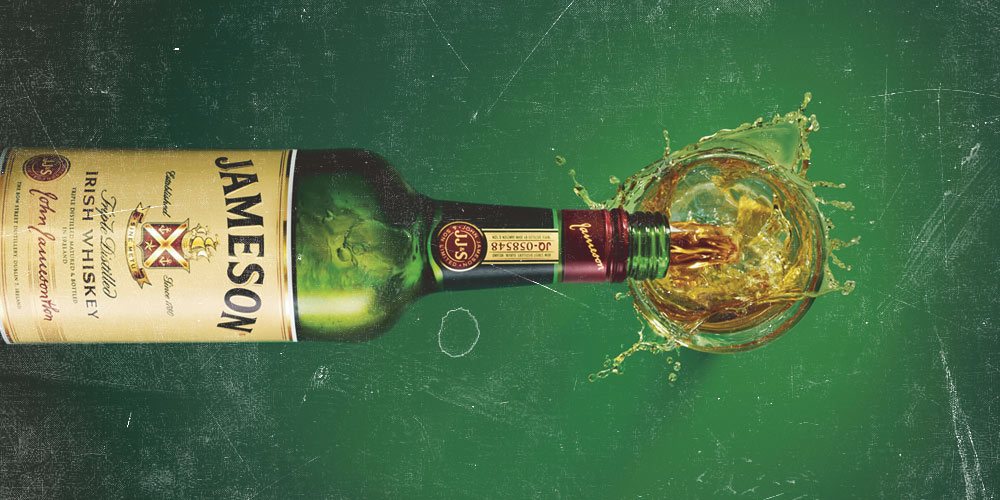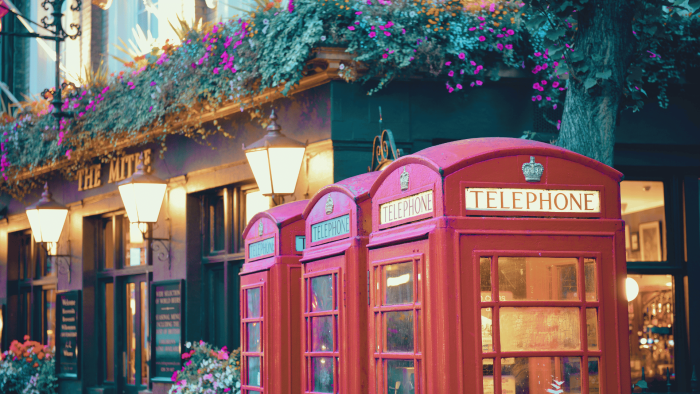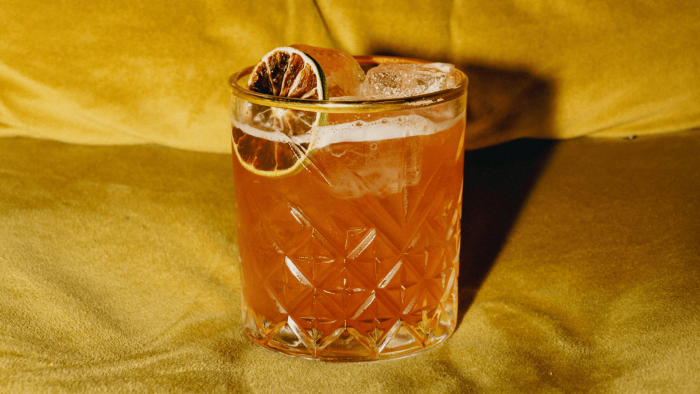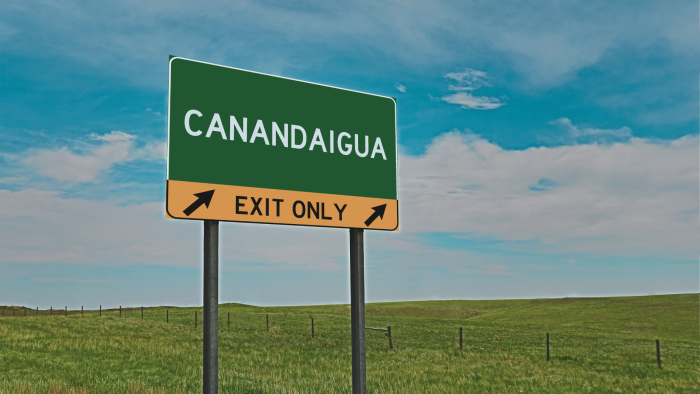Irish whiskey is the fastest growing category in spirits. It’s growing faster than scotch, faster than vodka and faster than bourbon. “Consumers love its accessibility, and they love the fact that it’s different from all the more predictable whiskies,” says John Quinn, the Tullamore D.E.W. Global Brand Ambassador.
It hasn’t always been like this. Irish whiskey has spent years trying to recover from a string of cataclysmic events that put them far behind the competition.

When the Irish Free State was created in 1922, Ireland was finally free from the wide reaching arms of Great Britain. While it was great to be free, it made the whiskey trade extremely difficult. “The exporting of all Irish products to the British colonies was banned by the British authorities,” says Quinn. “So we lost access to key colony markets.” During the early 1900s, it was extremely fashionable to drink whiskey in elegant bars in the world’s major cities. “But, prohibition, two World Wars and Ireland’s economic war with Britain made it difficult to export and reach the popularity of scotch,” says Quinn. Thankfully, people like Daniel E. Williams, founder of Tullamore D.E.W., prevailed, navigating waves of history with a steady, calm hand and an inability to give up.
Irish whiskey’s tumultuous past was also heavily affected by American Prohibition. As a result of the strict laws, Irish whiskey was all but wiped out in the United States and, in fact, may have actually been saved by Irish coffee.
Places like Tom Bergin’s, a bar steeped in history, is one of the only true local pubs in Los Angeles. “We have the second oldest liquor license in L.A. county, says Derek Schreck, the bar’s owner. When Tom Bergin opened this pub in 1936, he created a place that drew upon his Irish heritage, and it was designed to be authentic, warm, and inviting. Tom Bergin’s and San Francisco’s Buena Vista Café were the first American bars to serve the hot, whiskey-fueled drink.

A chef by the name of Joe Sheridan invented Irish coffee at the Shannon Airport in County Clare, Ireland in 1938. “It was in the old days of flying when float planes would land on the Foynes and passengers would be brought ashore in boats, shivering from the cold.” So Sheridan decided to create a fortifying drink to warm them and calm their nerves. He filled the glass with hot coffee, stirred in a nice dose of Irish whiskey, and topped it with a floating inch of Irish Cream
Right after Sheridan invented the drink, a newspaper columnist from San Francisco tried it at the airport. He decided to bring the frothy beverage to the Buena Vista Café in San Francisco. “A few weeks later, he brought it over to Tom Bergin’s, making us the second establishment in the U.S. where one could order an Irish Coffee. It’s been on the menu ever since.” While Irish coffee gained in popularity, Irish whiskey sales still lagged well behind its counterparts.
In the last few decades, the popularity of Irish whiskey has increased because of the coming together of all the family-owned distilleries.

“Murphys family business, which owned Paddy whiskey, and the Jameson family business … together with the arrival of Bushmills in 1972 meant all the Irish whiskeys of the time worked in harmony (rather than competing against each other),” says Quinn. This allowed focus on certain brands in certain markets and a more focused effort for the category overall.
In recent years, consistent investment behind the top three brands in particular (Tullamore D.E.W., Jameson, and Bushmills) has helped make Irish whiskey extremely popular. “Consumers and trade alike are interested in discovering whiskey styles other than the predictable or well-known styles, and so Irish has become a discoverable category—much like the growth in craft beers has taken consumers to beer choices that weren’t in their consideration ten years ago.”




